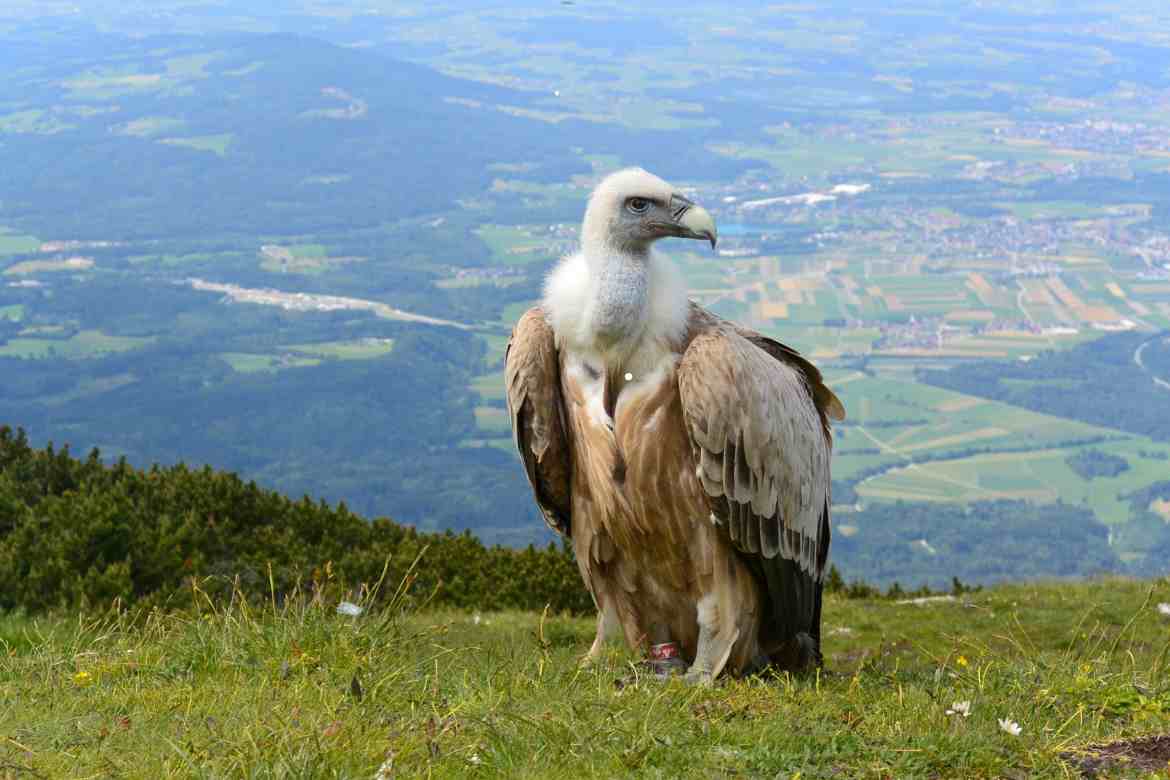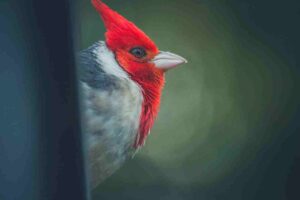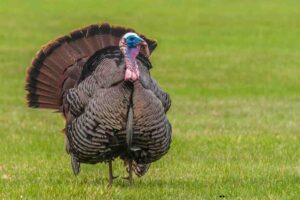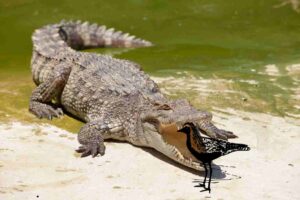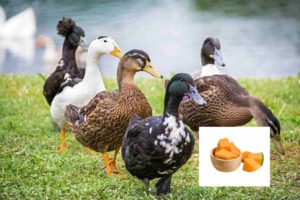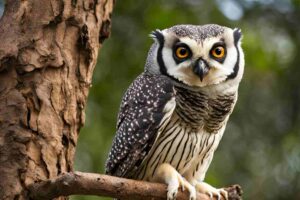Vultures form important scavenging animals, a lot required to be in the ecological balance as they clear out the carrion. The most commonly quoted are the black vulture and the turkey vulture though both are of the same family. However, it can be seen that based on different criteria such as looks, behavior, scope of operations, and the religious undertones, there are quite wide differences in both of them. Now let’s see what those differences are:
Black Vulture vs Turkey Vulture: Comparison
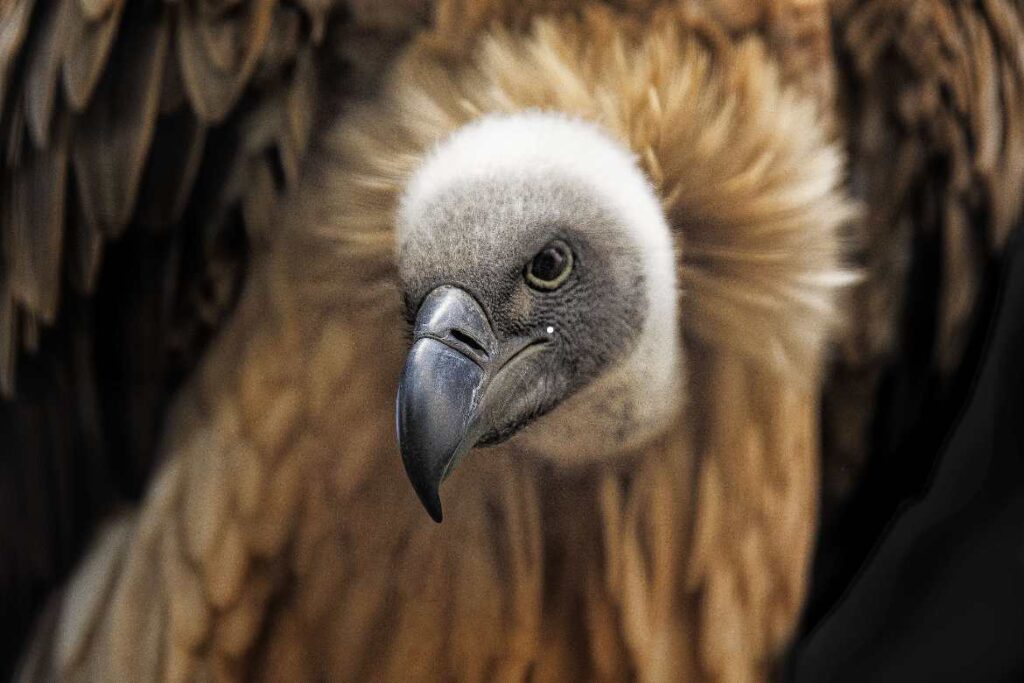
Black vultures are quite dissimilar in appearance to the turkey vulture. They have dark gray to black plumage and a short tail. The head is small, featherless, and gray. In flight, white patches can be seen near the wing tips. Turkey vultures are a bit larger with brownish-black feathers and a red, bald head that gives them their look. Their underside is lighter, with two-toned feathers near the body and light feathers at the edges.
Black Vulture vs Turkey Vulture in Flight

One of the best ways to distinguish between the black vulture and turkey vulture in flight is to look at their flight pattern. Turkey vultures are known for their soaring, gliding with a shallow V-shaped wings and minimal wing flapping. The thermal air currents make the birds travel miles with great ease. Black vultures, however have a relatively straighter flight path and flap often with a lot of energy. They are characterized by their white wing tips which is their characteristic feature in the skies.
EXplore more about bird diet: Stained Glass Birds: Bring Beauty and Art to Your Space
Turkey Vulture Michigan: Habitat and Distribution
Turkey vultures can easily be seen in Michigan. They appear most in warmer months. As they migrate north for the summer, Michigan plays a very important role in their summer range. One can see them many times soaring overhead above open fields, forests, and roadways. Among special features of vultures is that they have good olfactory faculties that make it possible to find carrion from distances. Michigan has an extremely important function when it comes to removing the remains of animals as a result of turkey vulture activities.
EXplore more about bird diet: What Animals Do crows eat?
Range: Black Vulture versus Turkey Vulture
Comparing the two regarding the range, it could be evident that there is some contrast. Black vultures are widely spread over southeast parts of the United States, Central America and parts of South America. Generally, their range too has shifted northwards with years flying by. However, it is generally not as ubiquitous in the northern states of the United States of America as such as Michigan is concerned. In contrast to this, the range of turkey vultures has much wide and reaches all the southernmost end of South America from southern Canada. That makes them so adaptable among the most distributed vulture species in Americas.
EXplore more about bird diet: roger tory peterson print horned owl?
Size Comparison: Black Vulture vs Turkey Vulture
Black vultures and turkey vultures in size are not the same; turkey vultures are bigger. Turkey vultures have a wingspan of approximately 5.5 to 6 feet, and weigh about 2 to 4 pounds. Black vultures are much smaller, with a wingspan of about 4.5 to 5 feet, weighing approximately 2 to 3 pounds. Black vultures are also said to be more aggressive than the turkey vultures when it comes to competing for food.
Spiritual Symbolism: Turkey Vulture Spiritual Meaning
For most cultures, the turkey vulture represents profound spiritual life. However, these birds have commonly symbolized a more positive sense of change and renewal as they were capable of living through hard times. The cleanup crew for nature, turkey vultures embody purification by part of life and death in its cycle. Turkey vultures play a vital role in various Native American traditions. Such a sense of importance should be accredited to the spirit world which has to exist within any given ecosystem which the turkey vulture maintains in it.
Comparison of Images: Black Vulture vs Turkey Vulture
There’s an easy observation between an image of a black vulture and turkey vulture regarding visual differences. Firstly, their feathers seem black; the turkey vulture is much larger in comparison and has spread than the former and accompanies it with a reddish-red head. It boasts of a white wing tip clearly defined. So, therefore, these two images are very likely to help them identify both clearly when seen in the wild and from pictures as well.
Behavioral Characteristics: Black Vulture vs Turkey Vulture
These are solitary birds, depending highly on smell to find carrion. Black vultures are more social and feed together. They also rely more on eyesight instead of depending on their sense of smell to find carrion. They may even trace turkey vultures leading them to the source of carrion. This coexistence between these two species is an example of many complicated relationships that occur among scavengers.
Conservation Status
Both the black vultures and the turkey vultures fall under species of least concern. Their population is stable. They are also very crucial to the health of an ecosystem as they dispose of carrion. However, human activities such as habitat destruction and poisoning are potential threats to their survival.
Conclusion: Unique Roles and Characteristics of Black and Turkey Vultures
Black vulture and turkey vulture: Comparison of both species shows unique characteristics and ecological roles. From their unique appearances and flight styles to their ranges and symbolic meanings, these birds are wonderful subjects for study. Be it observing the turkey vulture population in Michigan or learning about the turkey vulture spiritual meaning, these scavengers continue to inspire and captivate with their resilience and adaptability.
